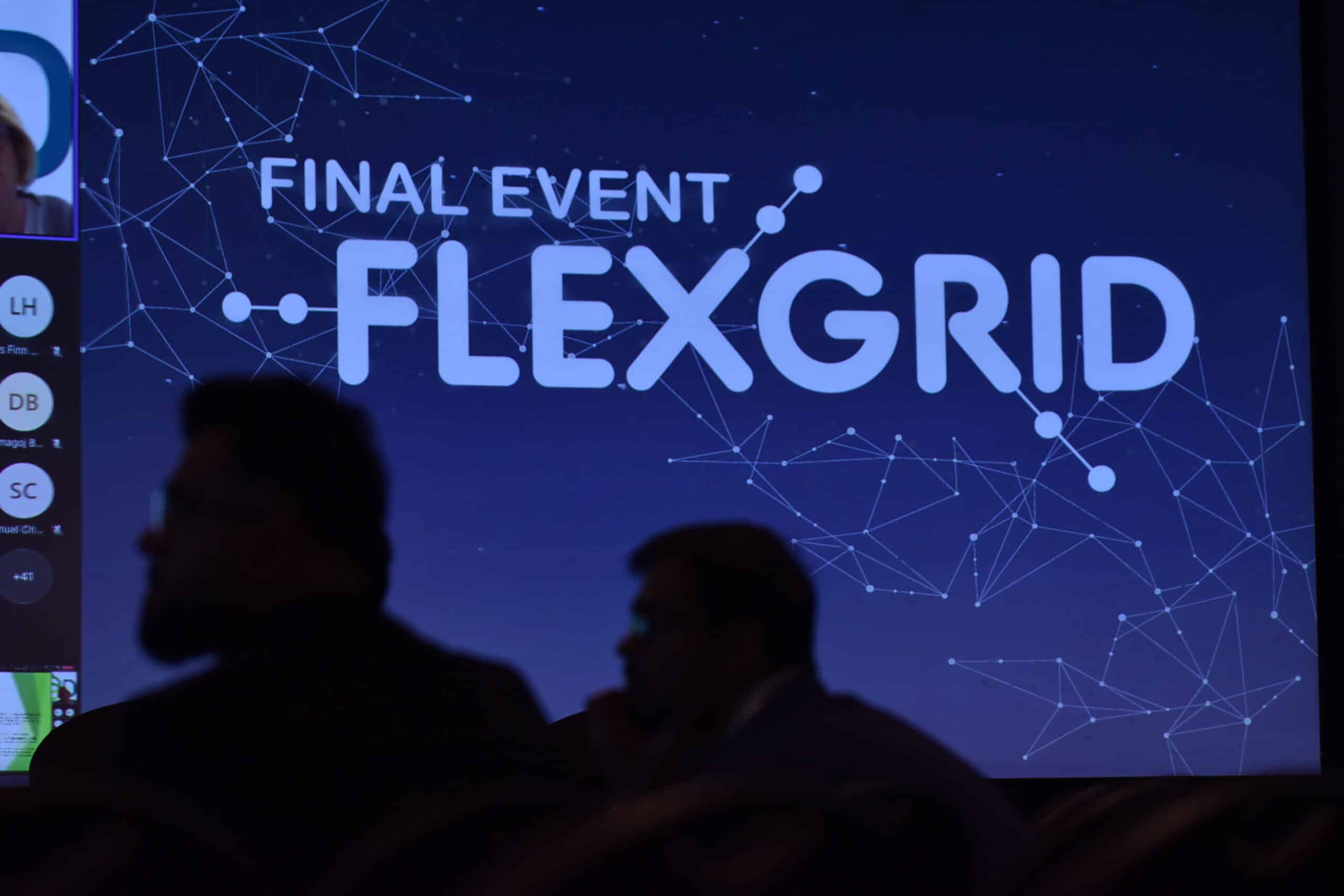FLEXGRID newsletter: Summary of first year
2020-10-07 06:13:00 +0000
D2.1: Use case scenarios, requirements’ analysis and correlation with innovative models
The first official deliverable of the FLEXGRID project deals with the detailed description of FLEXGRID use cases, system operation scenarios, and user/system requirements’ analysis. The deliverable includes details about FLEXGRID’s research and business positioning in the current smart grid architecture landscape, which try to define in depth the interaction between the operation of the energy networks and the energy markets in Europe. This advanced interaction is expected to lead to more efficient operation of both electricity grid management systems and energy markets.
- Read the entire D2.1 document here: https://flexgrid-project.eu/deliverables.html#D2.1
D2.2: The overall architecture design, high-level model and system specifications
This second official deliverable of the FLEXGRID project deals with the initial description of FLEXGRID’s software architecture. It includes several novel smart grid architecture models that incorporate the operation of proposed Distribution Level Flexibility Markets (DLFMs) as R&I motivation for FLEXGRID.
FLEXGRID is a pure research project and its implementation is based on integrating targeted intelligence in already existing software toolkits and applications, which have been developed in other successful Horizon 2020 flagship projects. The main FLEXGRID objective is to provide proof-of-concept results that proposed advanced mathematical models and algorithms can considerably enhance the smart grid’s operation and the business of several market stakeholders.
- Read the entire D2.2 document here: https://flexgrid-project.eu/deliverables.html#D2.2
D8.1. Data management, dissemination and exploitation plans
This report is the third official deliverable of the FLEXGRID project and deals with the market analysis and initial business modelling as well as with the assessment of the required data management, dissemination, communication and exploitation plans of the project. Deliverable 8.1 elaborates on the architecture design, business-related use cases’ analysis and technical specifications work that has already been done.
- Read the entire D8.1 document here: https://flexgrid-project.eu/deliverables.html#D8.1
D3.1. Architecture of advanced Distributed Flexibility Asset (DFA) markets and P2P trading
In this report, one can find answers to critical questions about an independent aggregator’s business such as follows:
- How can an aggregator best respond in a given FlexRequest?
- How can an aggregator operate a novel B2C flexibility market incentivizing many end energy prosumers to actively participate?
- How can an aggregator automatically create an optimal and real-time FlexOffer?
-
How can the FLEXGRID Automated Flexibility Aggregation Toolkit (AFAT) provide all the above-mentioned services to the aggregator user?
- Read the entire D3.1 document here: https://flexgrid-project.eu/deliverables.html#D3.1
D4.1. Objectives and challenges towards advanced ESP and RESP Business Models
In this report, one can find answers to critical questions about an independent Energy Service Provider’s (ESP) business such as follows:
- How can an ESP minimize its operational expenditures (OPEX) by optimally scheduling the consumption of its end prosumers, production of RES and storage assets?
- How can an ESP minimize its capital expenditures (CAPEX) by making optimal investments on new RES and FlexAssets?
- How can an ESP maximize its business profits by co-optimizing its participation in several wholesale and local flexibility markets?
-
How can the FLEXGRID FlexSupplier’s Toolkit (FST) provide all the above-mentioned services to the ESP user?
- Read the entire D4.1 document here: https://flexgrid-project.eu/deliverables.html#D4.1
D5.1. Optimal Power Flow (OPF) objectives and challenges towards smart grids with high RES penetration
In this report, one can find answers to critical questions about a Flexibility Market Operator’s (FMO) and Distribution System Operator’s (DSO) businesses such as follows:
- What is the current state-of-the-art on Distribution Level Flexibility Markets (DLFM) and coordination of flexibility services’ provisioning?
- What are the basic steps that are followed for the proposed Reactive DLFM, Proactive DLFM and Interactive DLFM architectures?
- How can a DSO identify local congestion/voltage control problems in its network and automatically create a FlexRequest?
- How can a FMO operate a Distribution Level Flexibility Market (DLFM)?
- How can a DSO find an optimal trade-off between minimizing its future network investments without having too much operational expenditures for local flexibility provisioning?
-
How can the FLEXGRID Flexibility Market Clearing Toolkit (FMCT) provide all the above-mentioned services to the FMO/DSO user?
- Read the entire D5.1 document here: https://flexgrid-project.eu/deliverables.html#D5.1
Conclusively, the consortium has reached Milestone 4, meaning that the consortium has agreed on an initial business modelling and a long list of value propositions that could potentially be offered to targeted customer segments, such as FMOs, system operators, ESPs, energy aggregators and retailers. Moreover, at the end of Month 12, all the architecture design and technical specifications work has been successfully finished and all the technical APIs for the interactions among the various subsystems/modules have been agreed among the involved partners. Finally, all the required intelligence to be integrated in FLEXGRID ATP has been clearly identified and analyzed.


 Date: September 26, 2022
Date: September 26, 2022 H2020 FLEXGRID’s vision (https://flexgrid-project.eu/) is to bridge the
gap between reliable grid operation and flexibility market efficiency by
developing a...
H2020 FLEXGRID’s vision (https://flexgrid-project.eu/) is to bridge the
gap between reliable grid operation and flexibility market efficiency by
developing a...
